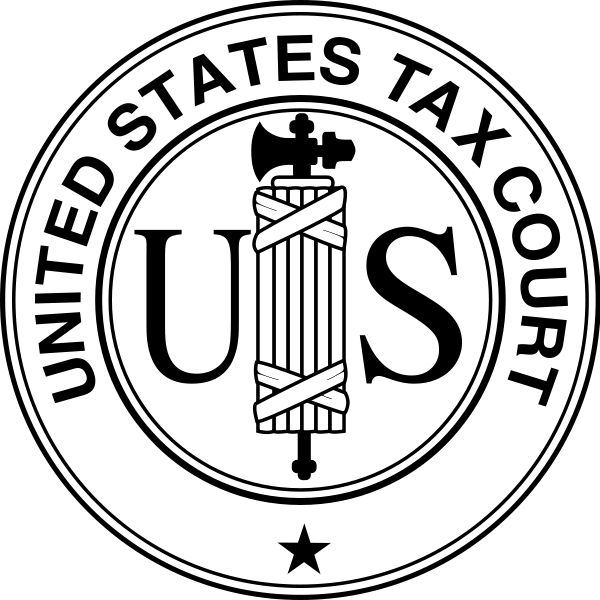Tax Court: Shareholder Advances Were Equity, Not Debt
 The Tax Court decided Ramig v. Commissioner, T.C. Memo 2011-147 today, holding that a shareholder’s purported loans to a corporation in which he was the CEO and minority shareholder were in fact capital contributions. As a result, the shareholder was not permitted to claim a bad debt deduction when the corporation became worthless.
The Tax Court decided Ramig v. Commissioner, T.C. Memo 2011-147 today, holding that a shareholder’s purported loans to a corporation in which he was the CEO and minority shareholder were in fact capital contributions. As a result, the shareholder was not permitted to claim a bad debt deduction when the corporation became worthless.
Section 385 is intended to provide guidance on whether advances made from a shareholder to a corporation are debt or equity. Unfortunately, at the moment Section 385 exists mainly to provide for the future promulgation of regulations which have yet to be authored.
As a result, in analyzing the debt versus equity issue, taxpayers and their advisors must look to case law. Luckily, there are many decisions just like Ramig to reference.
In Ramig, the Tax Court examined the following factors provided for in the Ninth Circuit for determining whether an advance to a corporation gives rise to a bona fide debt as opposed to an equity investment:
1. the labels on the documents evidencing the (supposed) indebtedness,
2. the presence or absence of a maturity date,
3. the source of payment,
4. the right of the (supposed) lender to enforce payment,
5. the lender’s right to participate in management,
6. the lender’s right to collect compared to the regular corporate creditors,
7. the parties’ intent,
8. the adequacy of the (supposed) borrower’s capitalization,
9. whether stockholders’ advances to the corporation are in the same proportion as their equity ownership in the corporation,
10. the payment of interest out of only “dividend money”, and
11. the borrower’s ability to obtain loans from outside lenders.
In holding that the advances were capital contributions, the Tax Court held that the following factors indicated that the advance was equity:
- The corporation could not obtain outside financing (factor 11)
- The corporation could only repay the advances if they raised more capital, which looked unlikely since the corporation was on a downward track with a steady string of losses. (factor 3)
- The corporation didn’t demand timely repayment, meaning the shareholder essentially subordinated his debt to other lenders (factor 6)
- The shareholder failed to insist on interest payments when they were due, meaning the interest could only be paid out of “dividend money” (factor 10)
In reaching its decision, the court ruled that while factors 1, 2,4, 7 and 9 indicated debt, they were mere formalities with little non-tax significance.
The lesson? In total, five factors favored debt and only four favored equity. However, the Tax Court heavily emphasized those factors that were not in the shareholders control, such as the financial condition of the corporation and the source and likelihood of any repayment. It should be noted that an advance possessing the formal indicia of debt (maturity date, balance sheet classification, etc…) will be given little weight if the other factors are not present.

